How Will Cities Spur Life Sciences Investment in 2024?
Demand for space has slowed in East Coast hubs like Boston and New York, but experts at a recent Commercial Observer forum say that’s not necessarily a bad thing
By Abigail Nehring December 8, 2023 12:13 pm
reprints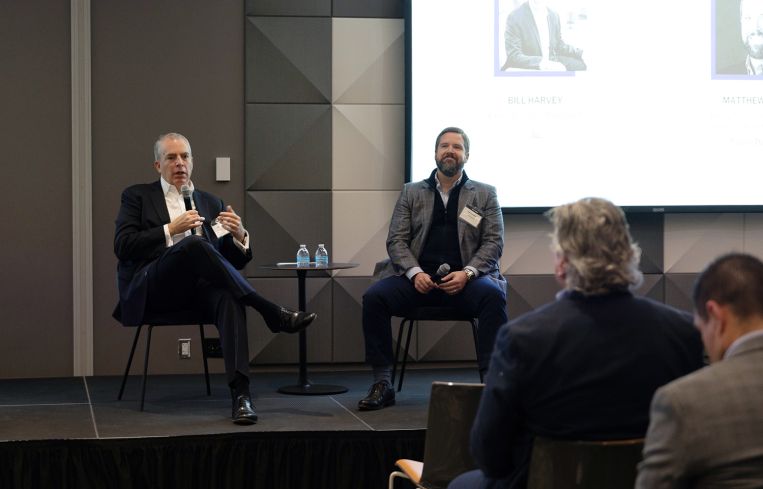
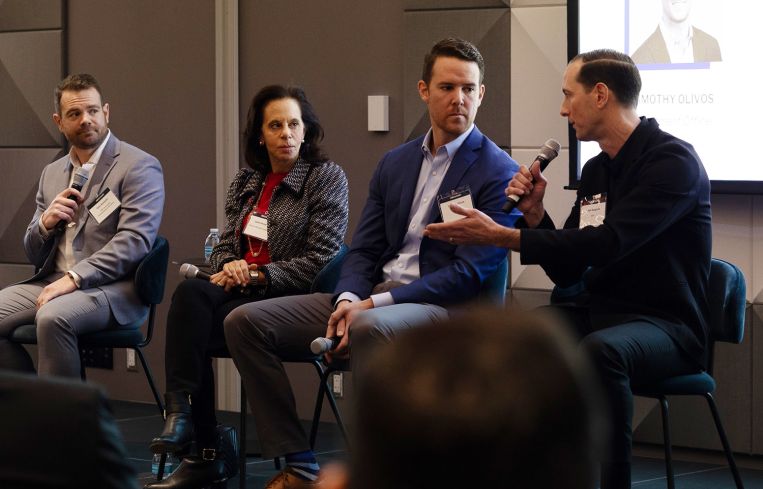
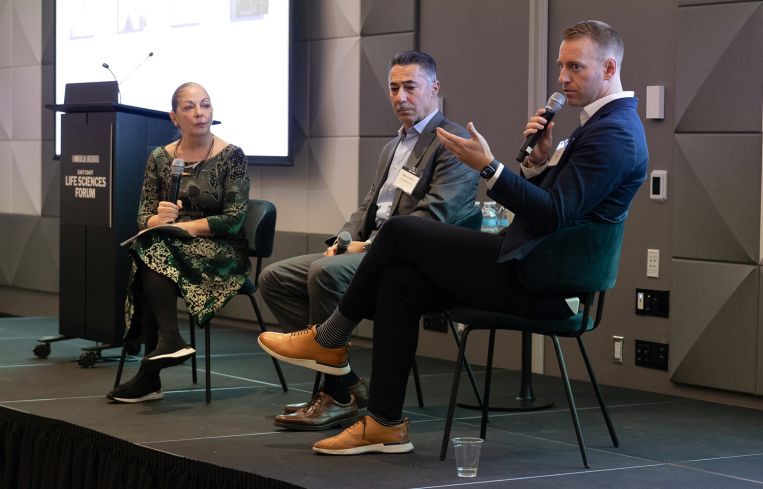
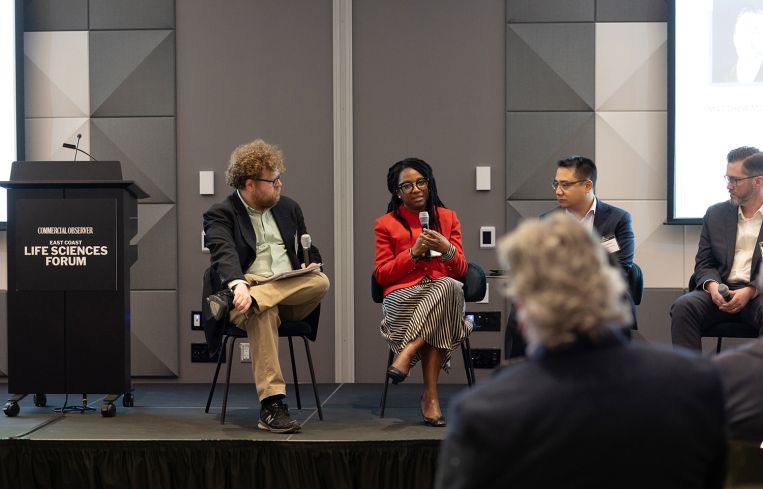
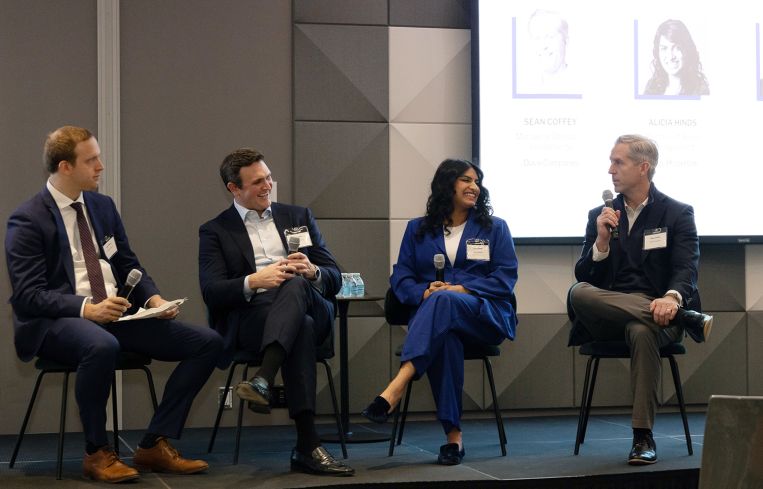
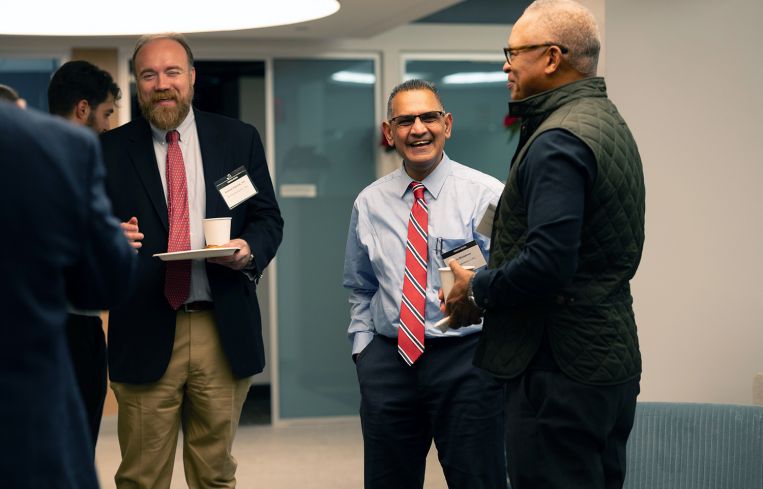
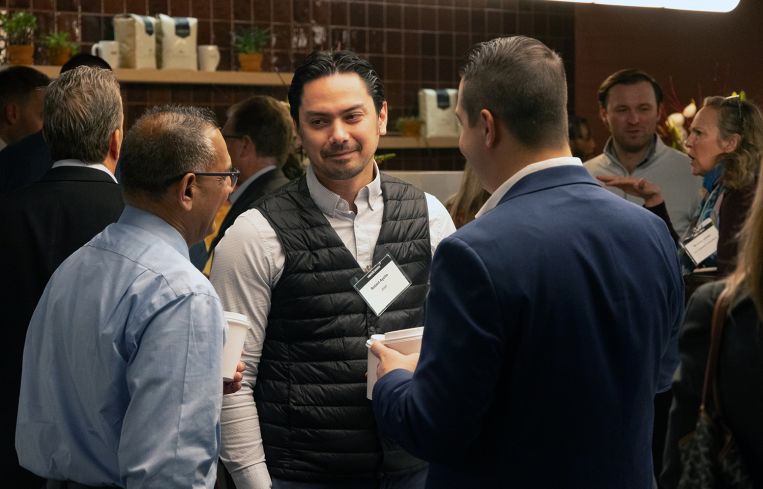
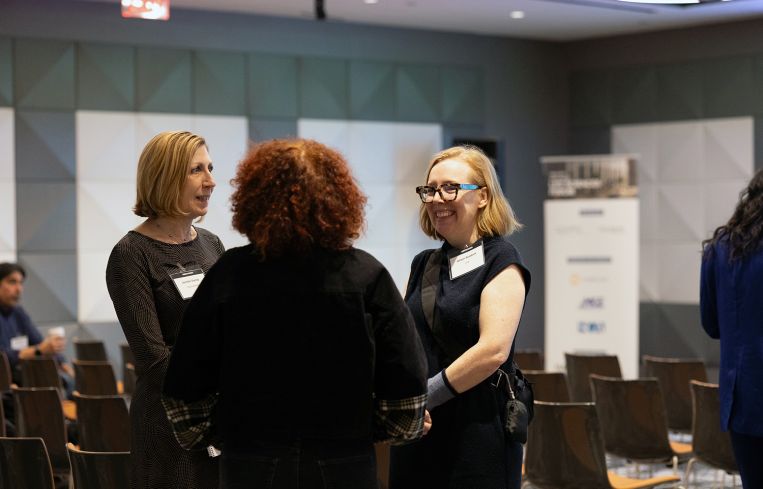
Demand for lab space in East Coast cities has mellowed since the exuberance of 2020 and 2021. The industry is emerging slowly now as a more mature version of itself.
At Commercial Observer’s East Coast Life Sciences Forum held Dec. 7 within Taconic Partners’ gleaming new West End Labs at 125 West End Avenue, real estate developers, entrepreneurs and science geeks exchanged notes on how they are all soldiering on — and how cities that want to keep them around can provide the necessary boosts to do so.
The morning’s events kicked off with a one-on-one chat between JLL Executive Vice President Bill Harvey and Taconic commercial asset management Executive Vice President Matthew Weir.
Weir — who took the helm of Taconic subsidiary Elevate Research Properties in 2022 — said emerging life sciences markets are wrestling with the pullback in leasing demand. For both developers and life science tenants, he said, “there’s the challenge of who’s funding it.”
Local incentives and public funding will be crucial to spurring further investment, Weir predicted. New York City itself has pledged to pump $1 billion to help the industry and recently announced a $50 million fund earmarked for nonprofit incubators in the industry.
In the first panel, which focused on the 2024 life sciences outlook, CO Editor in Chief Max Gross moderated a discussion with New York City Economic Development Corporation life sciences and health care Vice President Kyle Kaniecki, developer Himmel + Meringoff Properties co-founder and managing partner Leslie Himmel, Ventas investment officer Timothy Olivos, and Adam Spagnolo, CEO of architecture firm SGA.
Kaniecki told the audience that when he was finishing his doctorate in bio-molecular physics at Columbia University he wanted to stay in New York City, but he was disappointed at the paucity of local commercial life sciences jobs.
“That really surprised me because we have so many of the ingredients necessary for a thriving life science ecosystem,” Kaniecki said.
Kaniecki said he went to work for Mayor Eric Adams’s administration to turn things around, and he sees a lot of bright spots in the year ahead. One of them is the $300 million Chan Zuckerberg Initiative New York bio hub, announced in October.
“I think that we’re going to start to see that demand for lab space really quickly rise, especially here in New York City,” Keniecki said.
By Himmel’s account, growing industries are usually worth backing, and venture capital plays an especially important role in times like the present when life sciences development is at risk of losing its momentum.
Olivos agreed, and added, “Having universities sponsoring your properties, taking space in your properties, can help you through some of the chop that happens over time.”
Next, Nancy J. Kelley and Associates President and CEO Nancy Kelley moderated a discussion on the role of science, technology, engineering and mathematics (STEM) in attracting talent and igniting economic development with MG Engineering Senior Executive Director Steven DiFlora and Matt Lerner, senior project manager at life sciences owner Longfellow Real Estate Partners.
STEM started gaining popularity as a concept in education around 15 years ago and, in that time, “you started to see a push to get young people into the technical side of things,” DiFlora said.
There’s no magic formula for getting kids interested in science, DiFlora said, but he recommended visiting schools and sharing your enthusiasm.
“Get some young people to say, ‘Hey, wait, that’s something I want to go into,’ ” DiFlora said. “And this is a way of doing it. I’ve been doing it for years. And it’s really a lot of fun.”
After a networking break, CO’s Gross returned to moderate a panel discussion on the “Lab of the Future,” focusing on advances in artificial intelligence and robotics with BioLabs at New York University Executive Director Glennis Mehra, Rockefeller University’s Ford Center for Life Science incubator Director Carlo Yuvienco and Taconic life sciences Senior Vice President Matthew Malone.
Laboratory research is just beginning to embrace the power of artificial intelligence. While the panelists agreed on AI’s immense power to quicken the pace of discovery, the technology doesn’t mean researchers can start cutting corners in the scientific method.
“The big data is helping process what could have been 10,000 solutions to a problem down to 1,000 solutions,” said Malone.
By adopting robotics, labs can even continue running their experiments overnight, Malone added, and “that’s why everybody is so fixated on the potential of robotics and AI being integrated into laboratory environments.”
But Mehra cautioned against over-reliance on AI.
“No matter how we program these algorithms, use generative AI, et cetera, it can’t predict what we don’t know,” Mehra said. “We’re the ones creating the models. We’re feeding it.”
For instance, Mehra said she was blown away by how scientists only recently discovered an entirely new organ in the interstitial tissue of the human body.
“An actual organ in our bodies,” Mehra said. “So there’s quite a bit of discovery still to be executed.”
To wrap things up, the audience heard from Rob Korslin, a director at alternative asset manager Harrison Street, Alloy Properties director of asset management Alicia Hinds, and developer Davis Companies managing director of investments Sean Coffey in a discussion of life sciences’ top deals and financings, led by CO staff writer Brian Pascus.
While life sciences leasing hit record numbers in 2021 and 2022, a slowdown has been underway for many months now.
Just a few years ago, “there was a line out the door of tenants seeking space, and not a lot of space available,” Korslin said. “That has obviously changed.”
Korslin said Harrison Street views the slowdown as temporary, and Hinds agreed that the market correction taking place is a healthy sign that life sciences is no longer a “trendy” asset.
Nonetheless, Coffey said, “I think we’ve got some real challenges in front of us.”
“I don’t know how anyone can justify moving forward with a speculative development in today’s marketplace. It just doesn’t really seem to make any sense to me,” Coffey said.
In the Boston area, the life sciences market was “tight as a drum” for many years, but Coffey said availability has soared this year to around 30 percent.
“The good news is when you really start bifurcating some of that product, there are various levels of quality based on location or the actual infrastructure of the building,” he said. “I think when you really parse that apart, the numbers get a little bit more manageable.”



